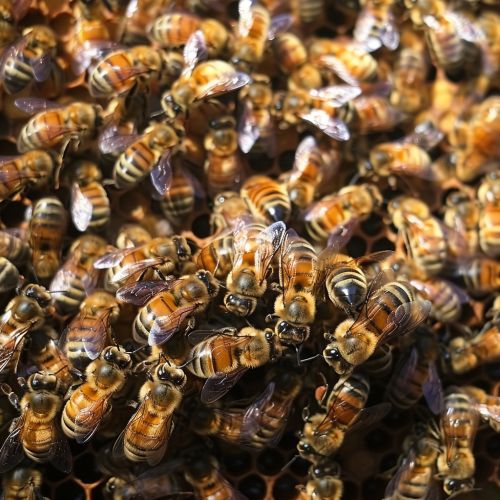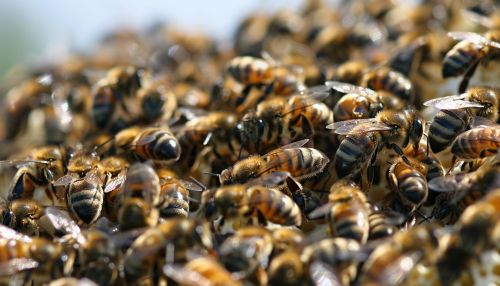Swarm Behavior
Introduction
Swarm behavior, or swarming, is a collective behavior exhibited by entities, particularly animals, of similar size which aggregate together, perhaps milling about the same spot or perhaps moving en masse or migrating in some direction. It is a highly interdisciplinary topic. As a term, swarming is applied particularly to insects, but can also be applied to any other entity or animals that exhibit swarm behavior. The term flocking is also used, in particular to refer to swarm behavior in birds and in some species of bacteria.
Characteristics of Swarm Behavior
Swarm behavior is characterized by the collective movement of a large number of self-propelled entities. From the perspective of the mathematical modeller, it is an emergent behavior arising from simple rules that are followed by individuals and does not involve any central coordination. Swarm behavior is also studied by active matter physicists as a phenomenon which is not in thermodynamic equilibrium, and thus requires the development of tools beyond those available from the statistical physics of systems in thermodynamic equilibrium.
Examples of Swarm Behavior
Swarm behavior is exhibited by a wide range of organisms, from cellular to multicellular. The most commonly observed examples are in insects such as ants, bees, and locusts, as well as in fish schools, bird flocks, and bacterial colonies.


Swarm Behavior in Insects
Insects are one of the most common organisms that exhibit swarm behavior. This behavior is most commonly observed in social insects such as ants, bees, and locusts. These insects use swarm behavior as a means of survival, reproduction, and resource exploitation.
Ants
Ants use swarm behavior to find food and to protect the colony. When an ant finds a food source, it leaves a pheromone trail on its return to the colony. This trail attracts other ants to the food source.
Bees
Bees use swarm behavior for reproduction. The queen bee leaves the colony with a large group of worker bees, and the swarm travels to find a new location to establish a colony.
Locusts
Locusts use swarm behavior as a survival mechanism. When locust populations become dense, they switch from a solitary phase to a gregarious phase, where they form large swarms that can travel great distances.
Swarm Behavior in Fish
Fish schools are another common example of swarm behavior. Fish use swarm behavior for protection from predators, for enhancing foraging success, and for increasing success in mating.
Swarm Behavior in Birds
Birds also exhibit swarm behavior, most notably in the phenomenon known as flocking. Birds flock together for a variety of reasons, including protection from predators, increasing foraging efficiency, and for social reasons.
Swarm Behavior in Bacteria
Even bacteria exhibit swarm behavior. Certain species of bacteria, such as Bacillus subtilis, exhibit swarm behavior when they move collectively over a solid medium.
Mathematical Modeling of Swarm Behavior
Swarm behavior can be modeled mathematically using a variety of techniques, including agent-based models, cellular automata, and differential equations. These models can help to understand the underlying mechanisms that drive swarm behavior.
Applications of Swarm Behavior
The study of swarm behavior has led to the development of new techniques and technologies in fields such as robotics, computer graphics, and optimization theory. For example, swarm algorithms have been used to develop autonomous robots that can perform tasks without human intervention.
